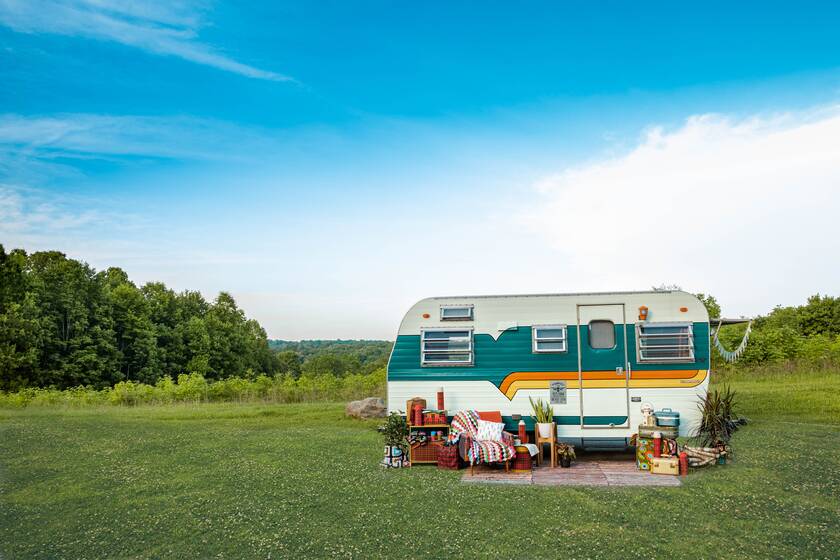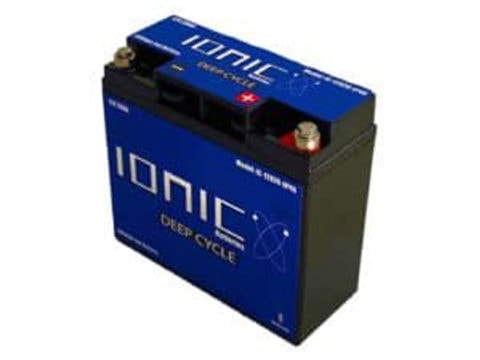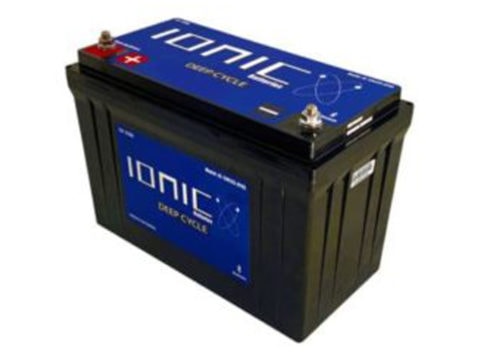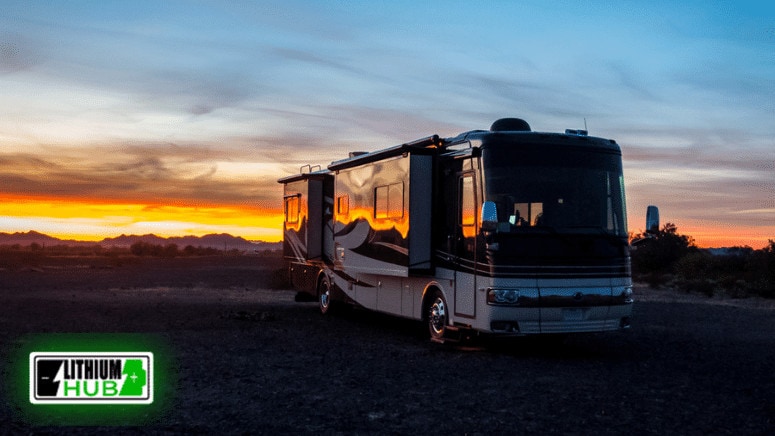Portable Solar: How it Works & Who Should Use It
We have smartphones, microwave dinners, and instant online payment methods. In this world of endless conveniences, there’s a quick solution for every problem.
Portable power is no exception! Years ago, the only way to get electricity while camping was to bring a generator or stay at an RV park. But now, you can charge your devices literally anywhere the sun shines–with portable solar panels.
What is Portable Solar?
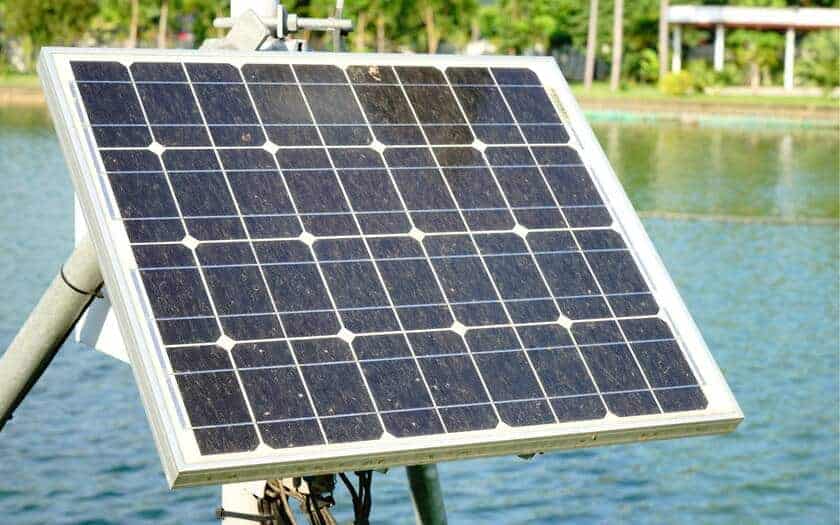
Portable solar is electricity from the sun–on the go! Unlike large rooftop solar setups, you can take portable solar panels anywhere (hiking, backpacking, boating, you name it!)
Here’s how solar panels work:
Solar panels have solar cells made of silicon that harness the sun’s rays. They have positive and negative layers that create an electric field. You can channel this electricity (DC) through a charge controller and into a battery. Next, you’ll use an inverter to change DC power into AC power to charge your electronic devices.
However, some portable solar panels don’t need an inverter or charge controller. This type of panel is often called “plug and play”. You simply set up the solar panel and connect your device to the USB output.
Types of Portable Solar Panels
These are the main types of portable solar setups:
- Solar phone chargers. These small, foldable panels produce 5 to 20 watts.They’re great for backpackers and campers.
- Flexible panels (foldable or “suitcase” style). These generate 20 to 100 watts of power.
- Rigid panels with a kickstand. (Usually 50 watts or more).
To figure out what type of panels will work for you, there are two main things to consider. Where are you taking your panels? How much power do you need?
Calculate your energy requirement by making a list of the devices you want to power (phone, small fan, lights, etc). Then add up the power consumption of each device (measured in watts). For example, if you only want to charge a cell phone (around 10W) or two, a 20 watt panel will be perfect.

Tip: Choose panels that provide slightly more energy than you need in case sunlight is sporadic. You can also get more than one panel to cover your total energy requirements.
Advantages of Portable Solar
You already know that portable solar is all about convenience. But let’s shine a light on a few more benefits:
- Easy to set up. No roof mounting needed. Place anywhere there’s sun.
- Portable. Stash in a backpack, pack in your suitcase, toss it in your boat. (Many panels are water resistant).
- Won’t take up space. Portable panels are lightweight and small. If you choose a foldable style, they won’t be the reason why you had to leave your extra snacks at home.
- Emergency backup power. Generator failed? RV park too far away? Use your portable solar panels as backup.
- Place them where needed. Ever park your van/RV with rooftop panels, only to have to move it an hour later when the sun shifts? Portable panels aren’t stationary, so they can “follow the sun”.
- Quiet. Unlike generators, solar power doesn’t pollute the airwaves and scare away the critters.
- Clean Energy. Especially when paired with environmentally-friendly lithium batteries, portable solar panels provide clean, renewable energy.
- Grid Independence. Go ahead, travel far from the power grid. With portable solar, your only limit is a cloudy day.
- Supplement rooftop panels. Great for when you need a little extra power, but there’s no more room on the roof!
Did you enjoy this post? You’ll probably like this one too: Why You Need Emergency Battery Backup Power
How to Build Your Solar Panel Setup
When we say “build”, we don’t mean you have to grab your tool caddy and tinker away! Arranging a portable solar setup is as easy as making s’mores! (And just as satisfying).
That’s especially true when it comes to panels that come with a USB port. All you have to do is wait for the sun to come out, connect your device, and charge!
Here’s what you’ll need to charge small USB connected devices, like a cell phone, tablet or laptop:
- “Plug and play” solar panel
- Cables
You can also charge a 12V battery or a mobile power bank with 40W and 20W portable solar panels. In that case, you’ll need:
- A 12V lithium battery or mobile power bank.
- Portable solar panels
- Cables
When you connect your portable panels to a battery, you can save solar energy for later! That way, you can charge your electronics anytime. Or, charge your battery up to power your kayak trolling motor, scooter, or other application.
For larger portable setups, you may also need:
- Power inverter (to convert DC power from your panels or battery to AC power)
- Charge controller (controls how much power reaches your battery when connected to your solar panels).
- Battery tray (Keeps batteries in place)
Is Portable Solar Right for You?
If you don’t require a large amount of energy, or want to supplement your existing stationary setup, portable solar is right for you. It’s great for those who love to venture off the grid but can’t or don’t want to lug around bulky generators.
Also, portable solar is the perfect initiation for those who want to dip their toes into solar energy. Looking for a simple, easy setup to charge your 12V battery and small electronics? Check out these 40W and 20W portable panels.

